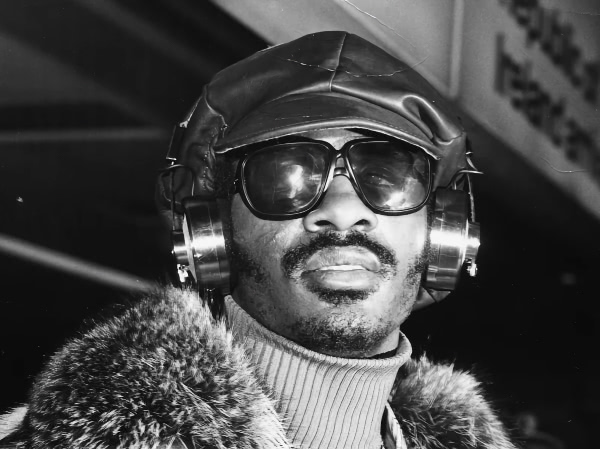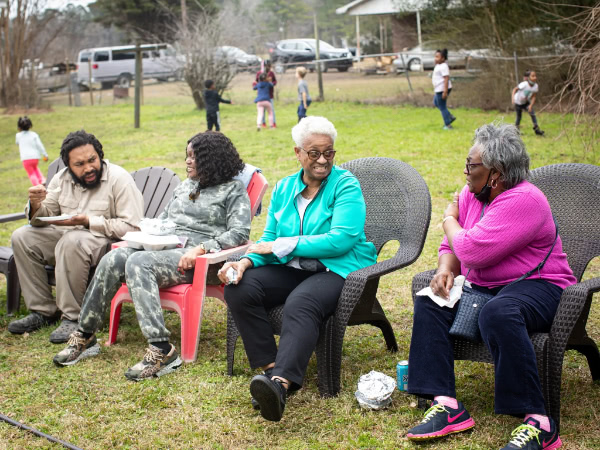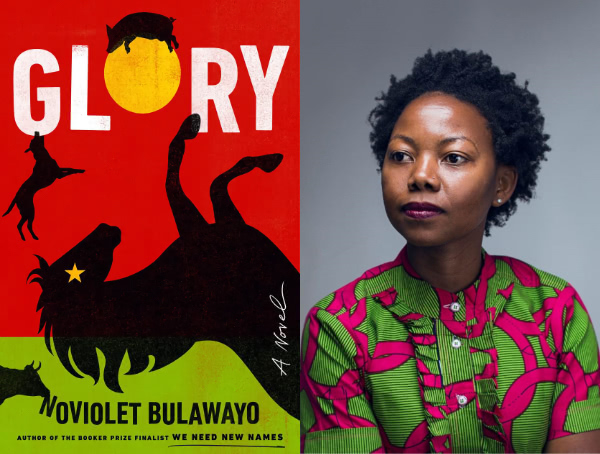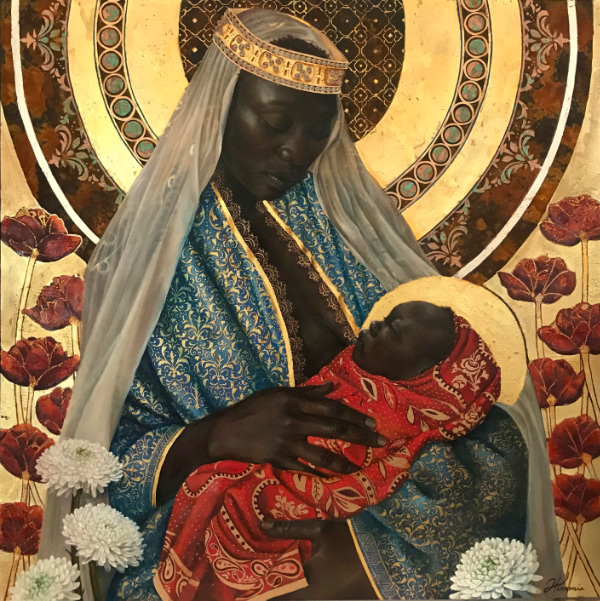How the South’s troubled racial history went national

Cynthia Tucker and Frye Gaillard, writing for The Guardian:
Ever since colonial times, the south, with its reliance on slavery as the backbone for its economy, has been the epicenter for American racism. As Alexander Stephens, vice-president of the Confederacy, said of his new secessionist state, “… its cornerstone rests upon the great truth that the Negro is not equal to the white man.”
In her runaway bestseller, Caste, Isabel Wilkerson makes the case that this assumption, sometimes less venomously stated, never really disappeared from the American psyche and began, in fact, to make a comeback in 2008.
Two things happened in 2008:
First, the US Census Bureau issued a prediction that by 2042 – not that far in the future – whites would no longer make up a majority of Americans; a plurality, yes, but no longer a majority capable of imposing its will. And then, as if to illustrate the possibility, a Black man was elected president.
This reminds me we’re in the midst of at least two backlashes. The "racial reckoning" of 2020 and President Obama’s election in ’08. Forgot about that one. Overlapping backlashes, y’all.
Tucker and Gaillard continue:
Only two years before Obama’s election, President Bush had signed an extension of the Voting Rights Act that passed overwhelmingly in the US House of Representatives and unanimously in the US Senate. The right to vote was a bipartisan truth, touted by a Republican president as one of his cornerstone commitments. But no longer.
On 25 June 2013, in a case coming out of Alabama, the US supreme court gutted key provisions of the Voting Rights Act, and in the next three years nearly 16 million people were deleted from voter registration lists.
Ryan Coogler’s police encounter at bank proves doing the right thing isn’t protection enough

Black Panther director Ryan Coogler was handcuffed and detained by police after requesting a $12,000 withdrawal from his bank account.
The bank teller that called the police and the responding officers were Black.
Touré for TheGrio:
How, they ask, could this be an example of racism, when the situation only has Black people in it? Sigh. OK, all the people who are in the room when Coogler is judged to be a criminal and is treated like one are Black but that room is not a free-floating space in the universe. That room exists inside of America. Everyone in that room enters it having endured years and years of American programming that teaches them to link Blackness with criminality. Even the Black people in that room have been taught that.
Implicit biases and racist perceptions don’t live solely inside of white people. They can get trapped inside Black people, too, and we may not even fully realize it. And when people get afraid, when they think they might be about to be robbed or attacked, their ability to think rationally ends. Even Black people sometimes see other Black people and clutch their pearls in fear. Black people can and do form perceptions based on racist messages received from white people.
Why Isn’t Brittney Griner the Biggest Sports Story in the Country?

WNBA star Brittney Griner was arrested and detained in Russia more than three weeks ago and no one seemed to notice.
Will Leitch, writing for Intelligencer:
The reaction since the arrest has been stunningly quiet. One of the greatest athletes in American sports — a gold-medal winner, a superstar, a champion — was arrested in a dangerous and volatile country that has suddenly become a pariah on the world stage. Making equivalences between sports only takes you so far here, but seriously: Imagine if Tom Brady were being held by Russian officials right now.
Leitch takes the league to task in particular for its silence:
[A] motive the WNBA may have for staying quiet is its own culpability in the situation. The reason Griner was in Russia in the first place — to play off-season basketball, as she has done there for years — is that the league does not pay its superstars the way other sports leagues do.
Half a century ago, Stevie Wonder defined what an ‘artist’s classic run’ could mean

Morning Edition host A. Martinez speaks with poet and cultural critic Hanif Abdurraqib about what’s been called “The Greatest Creative Run in the History of Popular Music”, when Stevie Wonder released five incredible albums, back-to-back, in just five years.
Abdurraqib:
For me, the Stevie classic run is fascinating not only because of the quality of the work or the fact that, for me, the albums get progressively better – from Music of My Mind to Talking Book to Innervisions to Fulfillingness' First Finale to Songs in the Key of Life, which I think is really the the mountaintop – but the small window of time in which these projects were released. From Music of My Mind to Songs in the Key of Life, from '72 to '76, the corners that he was able to turn as an artist are pretty fascinating to look back on.
One Huge Hog, One Long Day and a Nourishing Southern Tradition

Kayla Stewart, writing for the New York Times:
At his farm in South Carolina, Marvin Ross is carrying on the ritual of hog slaughters, a disappearing staple of Black agrarian life. […]
“It creates a sense of community and family getting together,” said Mr. Ross, 38, an owner of Peculiar Pig Farm in Dorchester, S.C., and the organizer of this annual hog slaughter, once led by his grandfather Thomas Henry Ross.

NoViolet Bulawayo Allegorizes the Aftermath of Robert Mugabe

Violet Kupersmith, reviews NoViolet Bulawayo’s new book Glory for the Times (I see what you did there, NYT):
Early on in NoViolet Bulawayo’s manifoldly clever new novel, “Glory,” she completely removes the vocabulary of “people” from the story and the language of its characters, who are all animals. The book is set in Jidada, a fictional African country that can be understood as a sort of fantasia of Zimbabwe in the period between the 2017 military overthrow of its president, Robert Mugabe, and his death two years later. It is a brilliant, 400-page postcolonial fable charting the downfall of one tyrant — whose counterpart here is an elderly horse — and the rise of a new one.
Intermingling Ancient Greek and West African Mythologies to Tell New Stories

Sarah E. Bond for Hyperallergic:
Harmonia Rosales: Entwined intermingles ancient Greek and West African mythologies with a focus on Black femininity. […]
Rosales draws on Renaissance styles and techniques which have long been the purview of predominantly White European men depicting White women in order to question traditional narratives belonging to the canons of Greek myth or Christianity. [Curator Helen Morales] notes, “Renaissance art puts White bodies front and center, but Rosales celebrates Black bodies. She creates a new Renaissance visuality, and forges a new classicism.”
Harmonia Rosales: Entwined is on view at the Art, Design & Architecture Museum at UC Santa Barbara through May 1.
More of Rosales’s work here and here.

Thanks for reading. See you next week.
